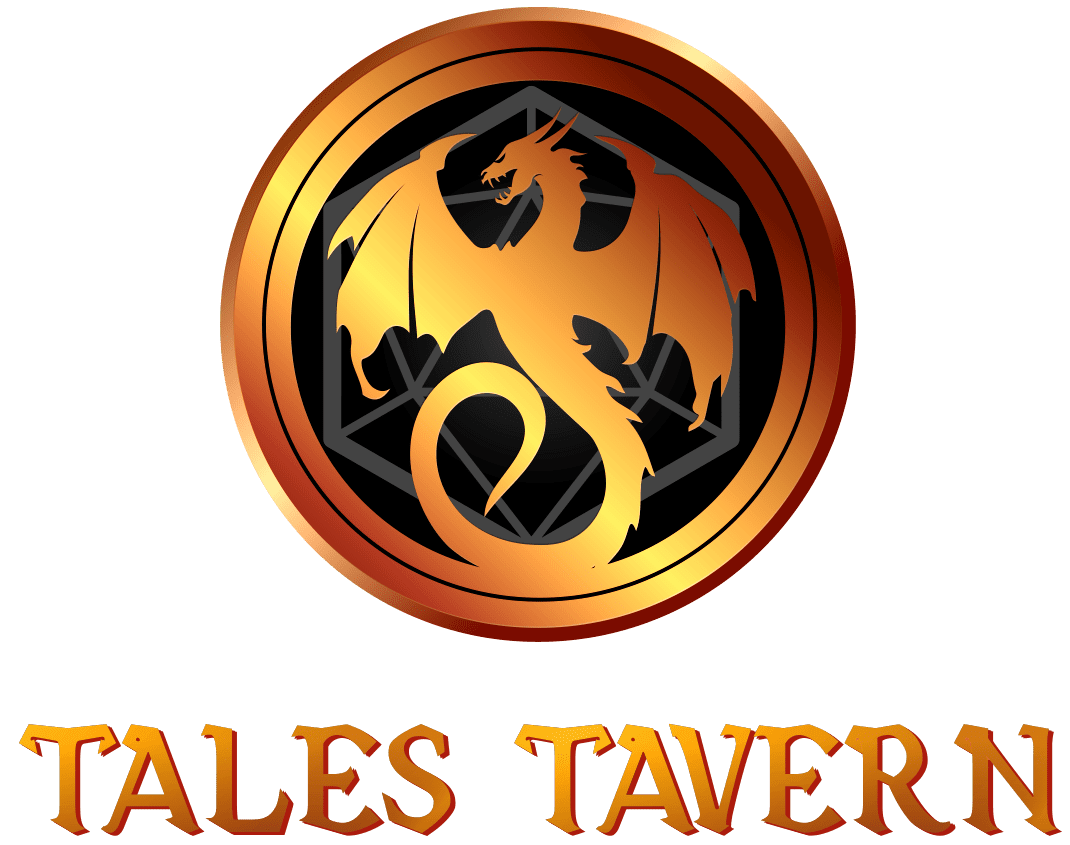Sword Coast: LMoP + DoIP
Board

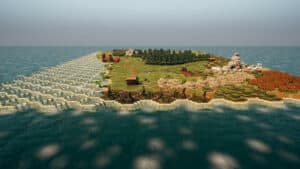
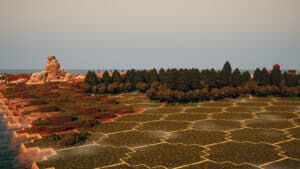
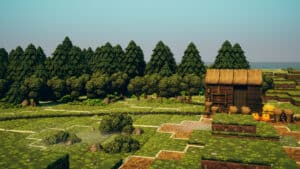

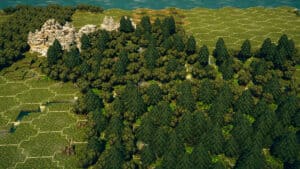


About this map
A hex map of as close to 1 to 1 as possible to the official Sword Coast maps. Things are still a bit rough with some of the hills, but it is in a playable state as of now, and I really wanted to get this out there. I also put all of the markers down for any landmarks or locations relevant to Dragon of Icespire Peak and Lost Mines of Phandelver. However, I purposefully left them barebones so that you can choose how you want to represent them or even decide if you want to use them. Please like if you end up using it, and leave any suggestions in the comments below. I love feedback, and I would love to know how I can help make your Talespire exp better. 🙂
Extended information for the world
A note on timekeeping
Another thing, the official map uses these hexes to represent 5 miles per hex. However, my group uses 6 miles per hex. If a party can travel 24 miles daily, it is very easy to divide that by 6, allowing the party to move 4 hexes in a day. This is also easy for timekeeping. If you stick with me just a bit longer I’ll break down how our campaign keeps track of time.
distance
24 miles = 4 hexes / daily
6 miles = 1 hex
time
24 hours = 1 day
6 slices = 24 hours
1 slice (of a day) = 4 hours
This means that every 1 hex (6 miles) traveled at an unobstructed standard pace equals 1 slice (4 hours) of a day. This means that the party can move 4 hexes, expending 16hrs of their day, and then long rest for the last 2 slices or 8 hours. This means as a DM, you are not counting hours and minutes and instead counting through 6 checkboxes that reset at the end of the day.
That said, you can use those 6 slices of a day to account for ( early morning / morning / afternoon / evening / night/ late night). This made it much easier, and rather than just saying a time, I can say it’s early morning or what have you.
That’s too fast!
Not to worry, you are a DM and are pretty smart about coming up with ways to slow down the party. For instance, they might only get that speed if they are on a road or trail like the Triboar trail, or you can use some of these other rules that my group uses.
Movement /day
Train/railroad= 10 hexes (restricted to just a linear path)
Flying = 8 hexes (dragons, griffins and such)
Horse/mount= 5 slow mount/carriage 6 fast mount/ 7 very fast mount hexes
Normal= 4 hexes
Difficult = 2 hexes
That leads us to talk about something that makes hex crawls really cool; random encounter tables are not very fun, and nobody likes trudging through random grasses and having an encounter pop up on them, there are times and places for that, but otherwise, we like to use this. From the current hex the party is in, they have a vision of surrounding hexes around them based on their vision. This can be a mountain obstructing their view or a mountain peak extending their view. Or, more simply put, when it is a clear day, they can see 2 hexes in any unobstructed direction from their current hex. When it’s foggy or rainy, it can be reduced to just 1 hex away. However, if they are in deep jungles, woodlands, cities, or other places, they can only see what is in the current hex. (random encounters here feel a bit fairer when it pops on the party because there is a more defined reason why something like a group of rogues stuck up on them inside a town, as opposed to random orcs on a trail that they had a clear vision of for 6-12 miles away… Anyways it also helps you as a DM. Now you get to preset some locations the party can see along their routes of about 2 hexes away. It all depends on how you want to distract the party from their original route and if you want to put more time pressure on the players to start choosing between landmarks or events in the world that they can see. I suggest keeping 1 to 3 landmarks or events visible to the party at any time. Remember you don’t have to use them, and if they later return, those events could have passed on. As for keeping time in a dungeon or town, do what feels right for you and count the slices out. Typically adventurers won’t spend more than 2 slices in a dungeon, even if it’s multiple sessions, but again it’s totally up to you. Do what feels right and if something doesn’t work for you here, then just don’t use it. 🙂
Vision
Elevated (peak) = +6 hexes
Slope/mountain = + 4-5
Normal = +2 hexes
Obscured (fog / rain / night / town) = +1 hex
Obstructed (jungle / deep woodlands / difficult terrains / dense areas / cities) = +0 hexs
Okay, if you are still with me up to here, then wow. Thank you so much! I hope this really interests you. My group and I have had a ton of fun with this so far. Though it is all good idealistically but so much more to set up initially as a DM, right? Well, here is another chance I hope to help you and your game.
Other things that may help your TaleSpire experience
https://app.fantasy-calendar.com/calendars/36c82c0a21d24e2a7beb91e0db183fbe
Above is a calendar for you! This is a calendar based on my game world that includes all of the forgotten realms, faerun, and other settings into one smaller world. It might not be everything you are looking for if you are trying to go in-depth with all the gods from dnd, but here we go.
After doing some rough math, I needed a calendar that could cycle through the seasons faster than a real calendar yet still have some depth to each season and still make talking about weeks and months meaningful. Here is the breakdown.
If the party travels 4 hexes a day, and they often travel at least one day per session (although varies). That means with a 144-day calendar, spending an average of 2.5 days traveling a session (sometimes they slow down or speed up) That is about 56 sessions for a year. Now that a bit close to a real calendar year if you play once a week. So great if you do not time skip anything, then about every year, an in-game year will pass. However, if you want to implement weeks or even a month of a time skip into the campaign, you can freely do so and move the days up without it simply changing the seasons so drastically. Currently, how we space out events in the world and recovery and RP sessions but still want to move the time forward. We almost double if not triple the speed of a year in the game. That means at the fastest it would take 4 and half months to hit a calendar year, to about 7 or so months to hit a calendar year. This can also make the game feel like it’s alive when you implement good pacing of how the season looks throughout the calendar year.
Alright, that was a huge info dump; sorry about that. Let us break the calendar math down here.
So 144 days = 1 year
We probably want 4 seasons, and you can choose the flavor here.
Spring, Summer, Autumn, Winter.
Summer, Summer, Winter, Winter.
Either way is good. I go with the top traditional four.
144 / 4 = 36 days
but we still want some months and some weeks, okay no problem.
36 / 2 = 18 days.
Now every 18 days can be a month. This gives us 2 months every season, and every month has 18 days.
18/3 = 6 days.
This means we can have a repeated easily organized week, as close to as possible to our current week but sped up a bit.
Now every week is 6 days. There are 3 weeks for every month. 2 months per season. 4 seasons per year. And 144 days.
Great! Here is a short recap of our time and calendar.
1 slice = 1 hex
4 hrs = 1 slice
6 slices = 1 day
6 days = 1 week
1 Month = 3 weeks
2 months = 1 season
4 seasons = 1 year
Now we just have to name the weekdays, month, and set the year. I personally went with some Hobbit/DnD/Tamriel/Norse/Fantasy names of gods or other things. I hope you enjoy it. I could write about each one in particular but I am most happy with Suneday and Selday being Sunday (end) and Monday(start) being named after the moon god Selune and sun god Sune. The year 1066 gives 1000 years of history to the known world, and I’m sure you’ll have some prehistory events that can be discovered from before that era. Last thing to note is my world, Azoril. Has two moons, one of glowing white and dark shades and the other of dark reds and purple shadows. Anyways I appreciate the patience of having you read this. Thank you!
Awesome! I hope this helps. If you read to this part, you are amazing! Thanks for reading my long post here, hopefully this site lets me post it haha. 🙂
Special Thanks
https://talestavern.com/userprofile/24/ @BrotherHanan for the hexes
https://talestavern.com/slab/overworld-hex-tiles/ @Ongot for the hexes
I hope you enjoy the sword coast, and maybe you liked the calendar too! See ya around, and feel free to chat me on discord in talespire or talespire mod 🙂
